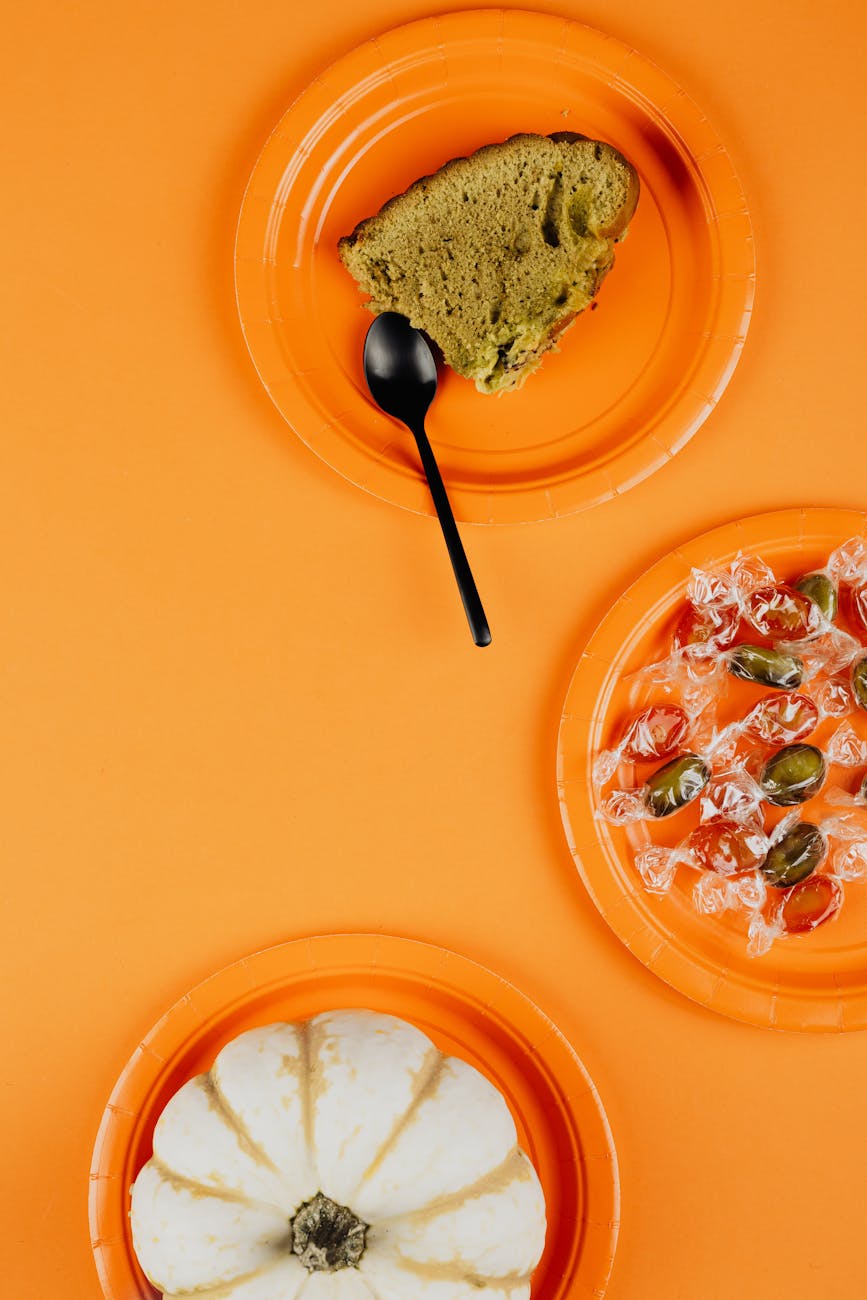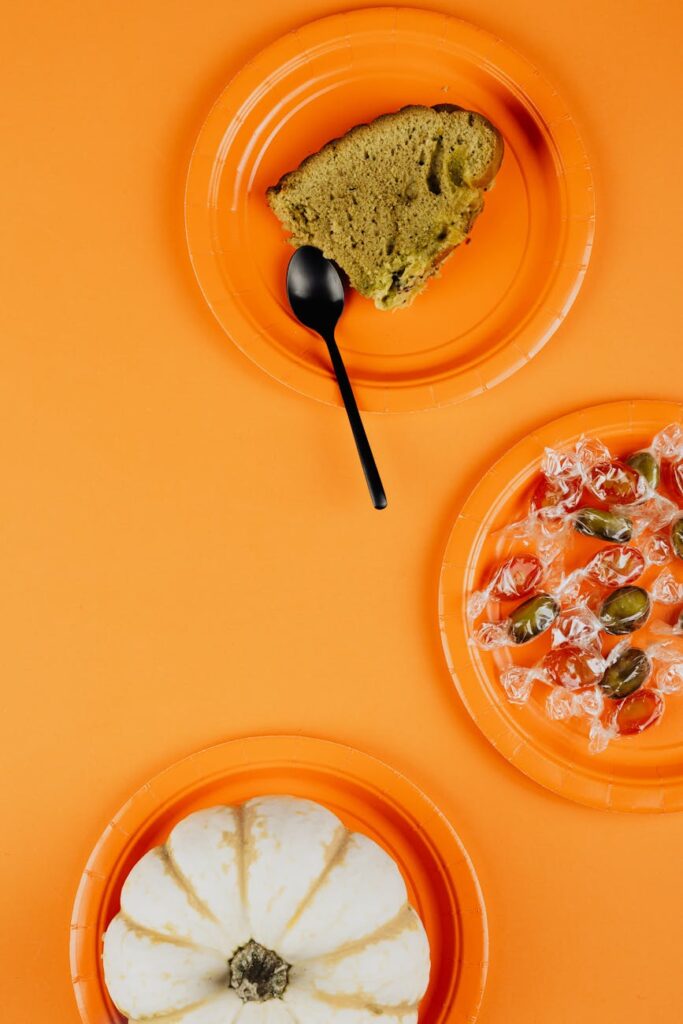
Introduction to Halloween Baking Traditions
The Significance of Halloween
What is the traditional dish eaten on Halloween? Halloween, celebrated on October 31st, has deep roots in ancient traditions, originally linked to the Celtic festival of Samhain. This time of year marked the end of the harvest and the onset of winter, a season often associated with death. The significance of Halloween lies in its dual nature; it is a time to honor the deceased while also celebrating the bounty of the earth. Over the years, this festival has evolved, incorporating various customs, one of the most delightful being the art of baking.
The Role of Baking in Celebrations
Baking plays a crucial role in Halloween celebrations, as it brings families and communities together to create and share festive treats. Among the traditional dishes eaten on Halloween, caramel apples stand out as a beloved favorite.
What is the Traditional Dish Eaten on Halloween?
Historical Context of Halloween Foods
What is the traditional dish eaten on Halloween? The answer may vary depending on cultural context and regional practices, but one dish that stands out is the pumpkin pie, which has become synonymous with Halloween celebrations, particularly in the United States. The historical context of Halloween foods reveals that many traditions stem from ancient harvest festivals. The Celts, who celebrated Samhain, believed that the harvest time was a transition between life and death, and they often prepared foods to honor their ancestors. Over time, these customs evolved, incorporating local ingredients and recipes.
Regional Variations of Halloween Dishes
Regional variations of Halloween dishes highlight the diversity of traditions. In Mexico, the Day of the Dead, or Día de los Muertos, features pan de muerto, a sweet bread shaped like a skull. Each region’s dish reflects local agricultural practices and cultural beliefs, creating a rich tapestry of flavors and meanings associated with the holiday.
Common Ingredients in Halloween Baking
Common ingredients in Halloween baking often include seasonal produce like pumpkins, apples, and spices such as cinnamon and nutmeg. These ingredients not only evoke the flavors of fall but also tie back to the historical significance of the harvest.
Classic Halloween Treats and Their Recipes
Pumpkin Pie: A Timeless Favorite
Among the various culinary traditions associated with this festive occasion, several classic baking delights stand out, each with its own unique history and significance. If you’re wondering what the traditional dish eaten on Halloween might be, look no further than the beloved pumpkin pie, along with other sweet treats that have become staples of this holiday.
Caramel Apples: A Sweet Tradition
Pumpkin pie is arguably the most iconic Halloween dessert, embodying the essence of fall with its rich flavors and comforting spices. Traditionally made with a spiced pumpkin filling nestled in a flaky crust, this dish has deep roots in American history, tracing back to the early settlers who utilized the abundant pumpkins available during the harvest season. The classic recipe typically includes ingredients like cinnamon, nutmeg, and ginger, which enhance the natural sweetness of the pumpkin.
Chocolate Spider Cookies
For those looking to add a whimsical touch to their Halloween baking, ghostly meringue cookies are a fantastic option. Shaped into small ghost figures and adorned with chocolate chip eyes, meringue cookies are not only delicious but also visually appealing. They represent the playful side of Halloween, making them a perfect addition to any festive spread. The recipe is straightforward, requiring just a few ingredients and a steady hand to pipe the ghost shapes onto a baking sheet.
Sugar Cookies: Decorating for Spooky Fun
Chocolate spider cookies offer another fun twist on Halloween treats. This creative approach to cookie decorating allows for endless customization, making it a favorite activity for families and kids alike. The combination of the sweet chocolate cookie with the salty pretzel legs creates a delicious contrast that is sure to please any palate.
The Cultural Importance of Halloween Baking
Baking as a Family Tradition
Baking during Halloween serves as a cherished tradition that transcends generations, fostering family bonds and creating lasting memories. Families often gather in the kitchen to prepare classic treats, such as pumpkin bread, caramel apples, and various cookies shaped like ghosts and pumpkins. This collaborative effort not only allows for creativity but also strengthens familial ties as members share stories and laughter while measuring ingredients and decorating baked goods.
Sharing Treats: Community and Connection
Moreover, Halloween baking extends beyond the family unit, promoting community and connection. Neighbors often exchange homemade goodies, creating a sense of camaraderie that is especially poignant during this festive season.
The Evolution of Halloween Baking
The evolution of Halloween baking reflects broader cultural shifts and trends. Historically, certain dishes were tied to harvest celebrations, emphasizing the bounty of the season. Over time, these traditional recipes have adapted to include modern flavors and dietary preferences, such as gluten-free or vegan options.
Modern Twists on Traditional Halloween Treats
Incorporating New Flavors and Ingredients
Vegan and gluten-free alternatives have become increasingly important in modern Halloween baking. Many traditional recipes can be modified to accommodate these dietary needs without sacrificing flavor. For instance, pumpkin bread can be made with almond flour or oat flour, and egg substitutes like flaxseed or applesauce can replace eggs in many recipes. This inclusivity ensures that everyone can enjoy festive treats, regardless of dietary restrictions.
Social Media Influence on Halloween Baking Trends
Incorporating new flavors and ingredients into classic Halloween treats also adds an exciting twist. Bakers are experimenting with spices beyond the usual cinnamon and nutmeg, introducing flavors like chai, cardamom, or even matcha to pumpkin desserts. Additionally, unexpected ingredients such as black sesame seeds or activated charcoal are being used to create visually striking and unique confections. These innovations not only enhance the taste but also create a more adventurous baking experience.
Conclusion: Preserving Sweet Traditions
The Importance of Passing Down Recipes
As Halloween approaches, the significance of preserving sweet traditions becomes increasingly evident. One of the most cherished aspects of this holiday is the passing down of recipes that have been enjoyed for generations.
Celebrating Halloween Through Baking
Baking during Halloween serves as a delightful way to celebrate the season. The aroma of freshly baked goods fills homes, creating an atmosphere of warmth and festivity. Traditional dishes like pumpkin bread or spooky-themed cookies allow families to express their creativity while embracing the spirit of the holiday. These baked delights become a canvas for artistic expression, often reflecting the playful and whimsical nature of Halloween.
Looking Forward: The Future of Halloween Treats
Looking forward, the future of Halloween treats presents exciting possibilities. As culinary trends evolve, so too do the interpretations of traditional dishes. Modern bakers are experimenting with flavors, textures, and presentation, often incorporating healthier ingredients or unique twists to cater to contemporary tastes. However, the essence of Halloween baking—creating joy and community through shared experiences—remains unchanged.
If you’re eager to learn more, be sure to check out these sources:
Source 1: Discover the Traditional Halloween Dish You Must Try
Source 2: History of Halloween Symbols
